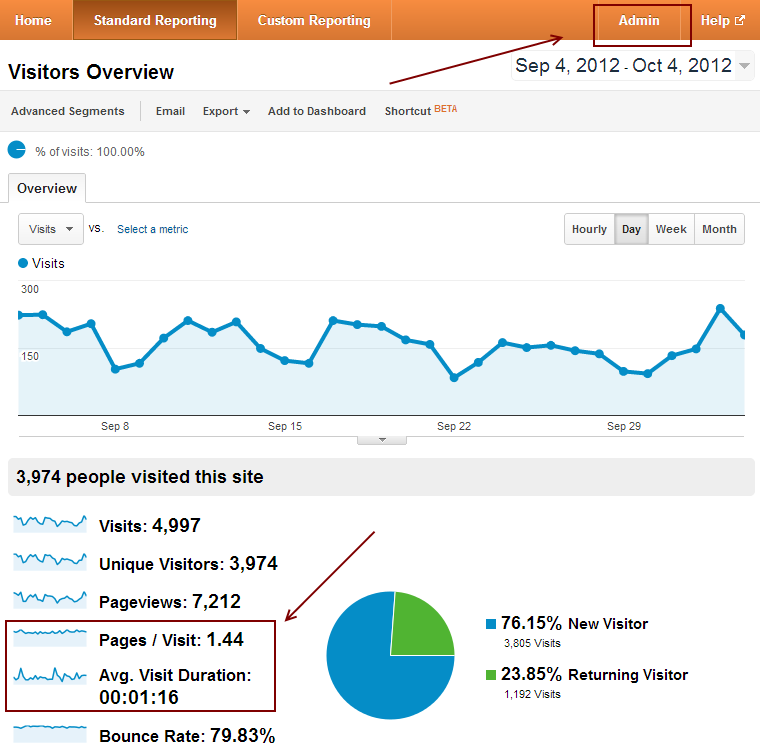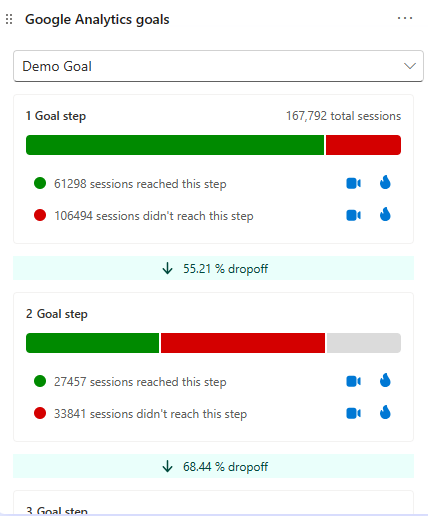Comprehensive List of What Data Is Google Analytics Goals Unable to Track
Comprehensive List of What Data Is Google Analytics Goals Unable to Track
Blog Article
Debunking Google Analytics Limitations: Uncover What Data Goals Can not Track
In the world of electronic analytics, Google Analytics stands as an effective tool that supplies valuable understandings right into website performance and user actions. Among its capacities, there exist constraints that frequently go undetected. Understanding what Google Analytics can not track is crucial for a comprehensive understanding of information analysis and decision-making procedures. From the ins and outs of user interaction with dynamic material to the complexities of cross-device individual trips, these restrictions clarified locations that might stay obscured from typical analytics viewpoints. By untangling these constraints, a clearer picture arises, permitting more informed techniques and refined insights into user interaction and conversions.

User Interaction With Dynamic Web Content
User interaction with dynamic material plays a vital duty in comprehending user actions on websites and enhancing the general individual experience. By tracking user communications with vibrant material, site proprietors can gain useful understandings into customer involvement, preferences, and behaviors - what data is google analytics goals unable to track.
Google Analytics provides various devices to track individual interactions with vibrant material, such as event tracking and virtual pageviews. Event tracking enables you to check specific customer actions, like clicking a switch or enjoying a video clip, supplying information on how customers communicate with dynamic aspects.
Cross-Device User Journeys
How can modern-day analytics tools track the complex paths customers take across multiple tools in their on the internet trips? Cross-device user trips present a considerable obstacle for monitoring and evaluating individual habits precisely. As individuals interact with apps or web sites making use of different tools such as mobile phones, desktops, and tablet computers, it becomes crucial to understand exactly how they move in between these systems to maximize user experience efficiently.
Google Analytics deals with restrictions in tracking cross-device user trips because of personal privacy concerns and technological restraints - what data is google analytics goals unable to track. While it can supply insights right into private devices' communications, tracking a seamless individual trip throughout several devices continues to be a challenge. This restriction can cause insufficient data and fragmented individual understandings, making it hard for companies to produce a unified sight of the consumer trip
To resolve this problem, businesses can use innovative analytics devices that offer cross-device tracking capacities, enabling them to obtain a much more alternative understanding of individual behavior. By leveraging these tools, businesses can link the gap in tracking cross-device customer journeys and maximize their electronic techniques for a smooth customer experience.
Offline Conversions and Attribution
As organizations navigate the difficulties of tracking cross-device customer journeys, one more pivotal element to consider is the world of offline conversions and attribution in the world of data analytics. While Google Analytics provides important understandings into on the internet customer actions, it drops short when it involves tracking conversions that take place offline. This constraint presents a substantial difficulty for companies that have both online and offline sales networks.
Offline conversions, such as acquisitions made in physical shops or via telephone call facilities, are vital to recognizing the complete customer trip. Without the capability to attribute these offline conversions to certain online communications, businesses may struggle to properly determine the impact of their digital advertising and marketing initiatives.
To address this gap, services can discover alternate solutions such as integrating CRM systems with on-line analytics tools or utilizing one-of-a-kind coupon codes that can be mapped back to on the internet campaigns. By linking the space in between online and offline data, businesses can gain an extra comprehensive understanding of their consumers' actions and improve their total advertising and marketing techniques.
Individual Customer Identification
In the world of information analytics, the capacity to properly identify private users across different on-line touchpoints is a crucial obstacle for companies looking for to customize and maximize their advertising techniques. While Google Analytics provides valuable understandings right into user behavior and interactions, it falls brief in making it possible for the recognition of certain individuals as a result of personal privacy concerns and technological limitations. Google Analytics utilizes unique identifiers such as cookies to track customer sessions and habits, yet these do not relate to determining specific users in a personal sense.

Information From Secure Pages
Despite the increasing occurrence of protected web pages on sites, acquiring data from important site these encrypted sources offers an one-of-a-kind obstacle for electronic analytics systems like Google Analytics. Secure pages, shown by HTTPS in the link, encrypt data traded in between the individual's browser and the site's server to make sure personal privacy and security. While this file encryption is crucial for safeguarding delicate information, it additionally postures restrictions for tracking user habits and celebration analytics data.
Google Analytics encounters challenges in collecting comprehensive information from safe pages due to the security methods in position. As a result, certain data points such as recommendation sources, keyword searches, and even some customer interactions might not be totally caught when customers access an internet site with a safe and secure connection. This restriction can impact the accuracy and efficiency of the data evaluation, resulting in gaps in comprehending customer habits see this site and preferences on secure pages.
To navigate this obstacle, electronic analysts might need to check out different tracking techniques or take advantage of various other tools especially developed to collect insights from secure pages. By adapting methods to suit these limitations, companies can still obtain important analytics regardless of the constraints offered by encrypted connections.
Final Thought
In final thought, Google Analytics has limitations in tracking user interaction with vibrant content, cross-device customer trips, offline conversions, private customer recognition, and information from protected pages. In spite of its valuable insights, Google Analytics might not give a complete image of individual involvement throughout different touchpoints.
Customer communication with dynamic material plays a crucial function in understanding customer actions on web sites and enhancing the general customer experience. By tracking customer interactions with dynamic web content, website owners can gain beneficial insights right into customer interaction, preferences, and actions.
Google Analytics utilizes one-of-a-kind identifiers such as cookies to track individual sessions and behavior, but these do not relate to identifying individual users in a personal sense.
As an outcome, certain information factors such as referral resources, keyword searches, and even some user communications may not be completely recorded go to this site when users access a website through a safe link.In verdict, Google Analytics has limitations in tracking customer communication with dynamic web content, cross-device user trips, offline conversions, private customer recognition, and information from secure web pages.
Report this page